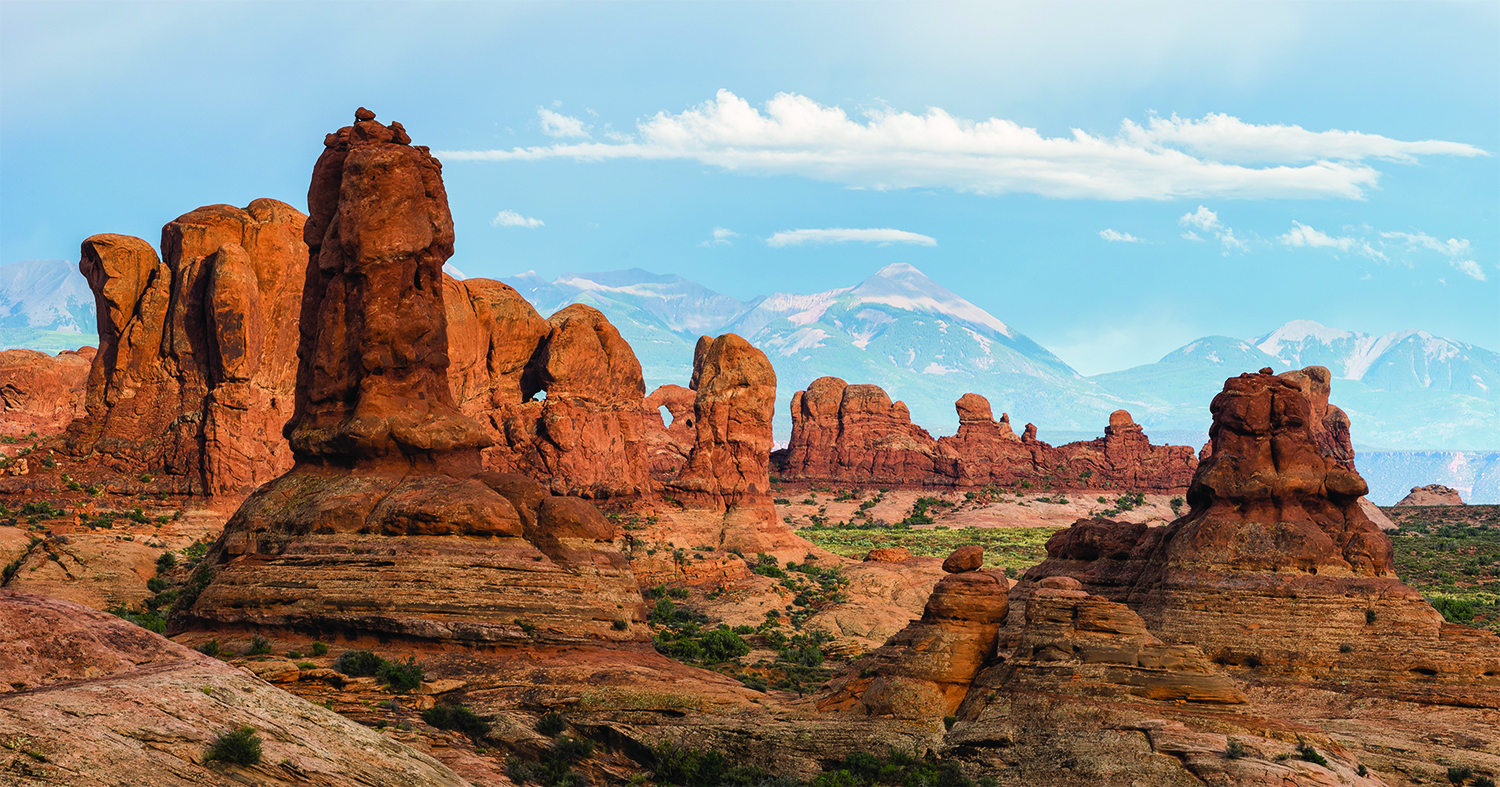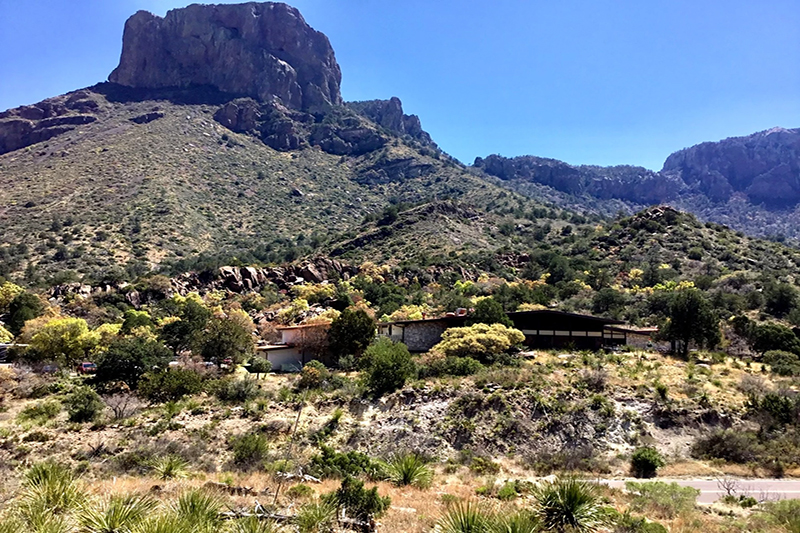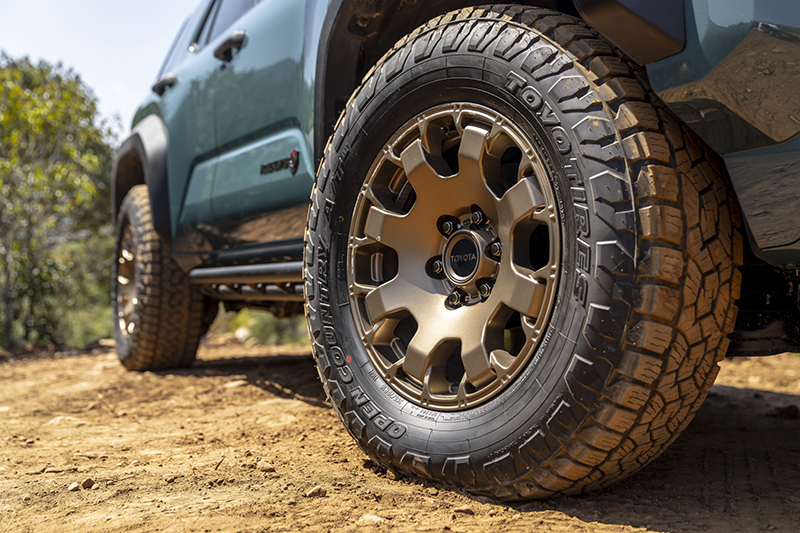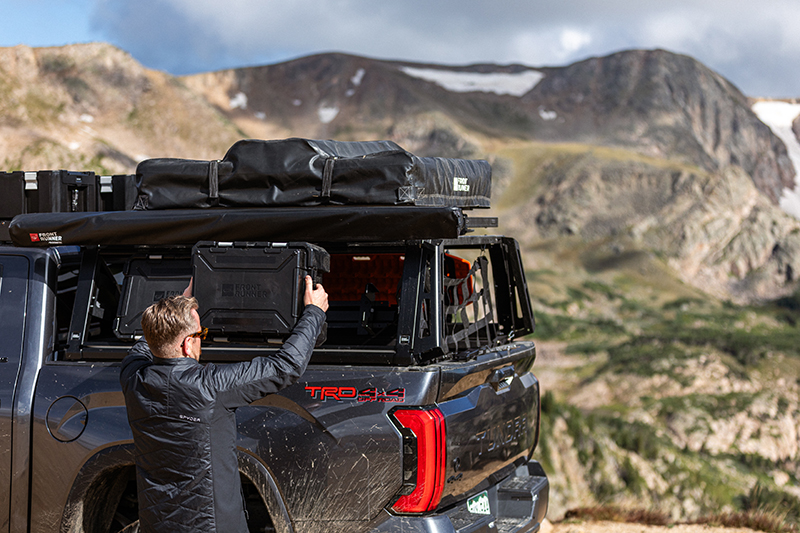Landscape Photography while enjoying outdoors and vehicle-based adventure
Growing up, my Dad dispensed a lot of valuable advice to my brother and me. He taught us the principles of firearm safety at a very young age, showed us how to build a somewhat structurally sound tree fort and even guided us in running our first small business, selling firewood culled from his property in Georgia. He was also the self-appointed family photographer, despite the fact that he didn’t have a creative bone in his body. To this day I can still hear him instructing me to be sure my subject is in the center of the frame and to always, always shoot with the sun behind my back. As you can imagine, this resulted in hundreds of family photos in which everyone is squinting into the blazing sun. Okay, so maybe not all of Dad’s advice was on the money.
Fast forward a handful of decades and I’ve managed to overcome Dad’s not-so-stellar advice to become a professional nature and adventure photographer. I’ve learned a few things about how to create compelling images since I first picked up a camera with any real intent to learn the craft. In this article, I’ll share some of the insights I’ve gained over the last 16 years.
First, I have to say that I am not a fan of absolutes. I’ve read countless articles declaring that you have to do this or must do that to make dynamic photographs. Rubbish. If anyone tells you that you have to do a certain something or your images will suck, immediately stop listening to them. Photography is art. There are no rules, only guidelines. Now that I’ve gotten that off my chest, let’s dig in to the good stuff.
There are three primary components in every successful landscape photograph: An interesting subject, a cohesive composition and dynamic light. If any one component is missing, you will likely end up with an image that falls short. Let’s discuss each one in more detail.
Subject
Nature is overflowing with interesting subjects. On a grand scale you have jagged mountain peaks, alpine lakes, gaping canyons, rolling wheat fields, impossible arches and sweeping seascapes. Essentially, any scene that involves vast, sweeping views is considered a grand landscape.
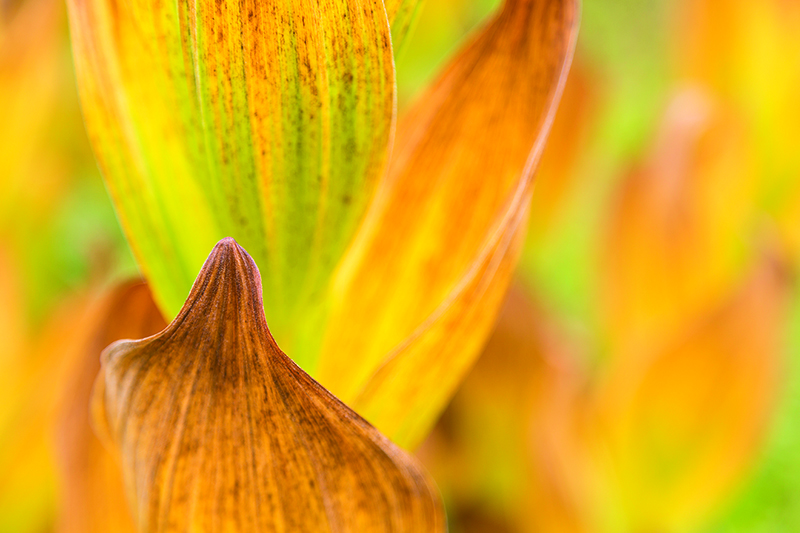
The leaves of a false hellebore plant display brilliant fall colors high in Colorado’s San Juan Mountains.
More intimately, you’ll find small cascades surrounded by wildflowers, stark white aspen trunks arranged in perfect symmetry and fascinating patterns in sandstone, to name only a few.
Learn to “see” like a photographer and you’ll be amazed at how once innocuous things suddenly become wonderful subjects to explore with your camera.
Composition
Perhaps the single most important element of creating a successful photograph is composition. A poorly composed photo in the most amazing location and light is still essentially a snapshot.
Composition refers to the arrangement of various elements within your photograph to create a visually pleasing image. In landscape photography, a good composition makes order out of chaos. It doesn’t matter if you’re using a wide angle lens or a telephoto, the natural world is chaotic and your job as a photographer is to arrange the interesting elements in a way that creates a pleasant visual flow.

A juniper tree arcs gracefully over a precariously standing granite boulder in the Jumbo Rocks area of Joshua Tree National Park, California.
Every scene is unique. A good compositional guideline is the rule of thirds, which is a technique that places important subjects in the left, right, top or bottom third of the frame. For example, when photographing a sunset at the Grand Canyon, consider placing the horizon so that the sky fills the top third and the canyon fills the bottom two thirds. In most cases, composing your image this way will create a more compelling photograph than one with the horizon in the center of the frame. But remember, the rule of thirds is only a guideline and should not be blindly followed. Sometimes, placing the horizon or your subject dead center in the frame is actually the better choice.
Creating depth within a scene can be difficult to achieve when working with a two-dimensional medium like photography. However, there are techniques you can use to create the illusion of depth in a photograph. I regularly use near/far compositions, which is a technique that uses a strong foreground subject to anchor a scene and lend some context, with a strong background subject. You’ll need to use a small aperture, i.e. f/11 or f/16, to maintain sharpness throughout the image. Another popular way to create a sense of depth is to use natural or man-made leading lines. For example, place a creek or a fence within the scene so that it leads your viewer’s eye through the scene.
Light
Poll a group of landscape photographers about the best time of day to make an image and the vast majority of them will tell you it’s sunrise or sunset. While the light at these times is certainly a favorite, by no means should you put away your camera in the middle of the day. For example, most slot canyons typically photograph best when the sun is high in the sky. The higher angle of the sun allows light to better reach the interior of the narrow canyons, and the light bouncing from one wall to the next creates an intensely saturated glow.
Mid-day light may also work well for black and white photography. The higher contrast created by this hard light can add drama and interest in monochrome imagery.

Stars and the Milky Way shine bright in the night sky above a lone juiper tree on a canyon rim at Dead Horse Point State Park, Utah.
My favorite type of light is storm light, which develops at the leading and trailing edges of storms. As clouds build and break up, rays of sunlight streak through and spotlight various landforms. Storm light allows you to create stunning photographs all day long and the spotlight effect adds a sense of depth to the landscape. It’s a win/win situation!
Even overcast days create possibilities for great photography. The soft, diffused light is very low in contrast and is perfect for macro or intimate landscape photography. Without hard shadows, every little detail within a scene is revealed. You can duplicate this light on a small scale by using a portable diffuser, which is a thin piece of fabric most often suspended by a circular wire. On a bright, sunny day look for areas of open shade, which is similar to overcast light and works well for macro photography.
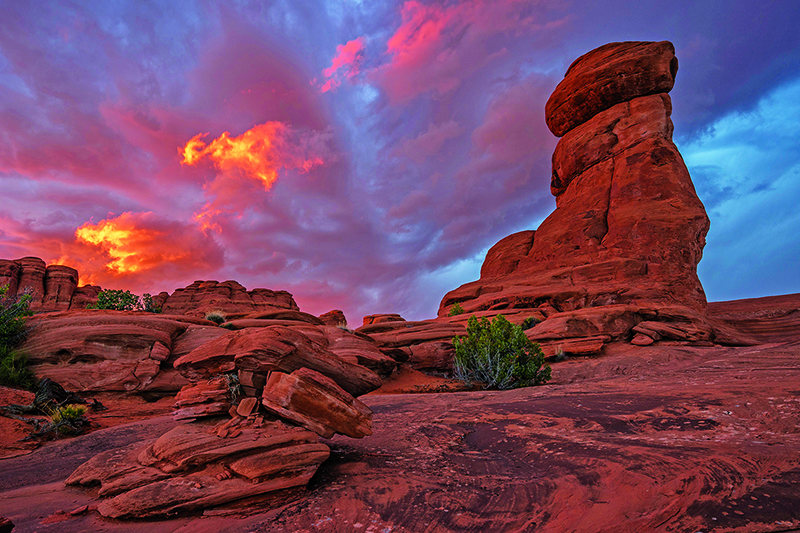
Clouds explode with color at sunset above a hoodoo in Herdina Park in Arches National Park, Utah.
Advances in digital sensor technology have made it even easier to photograph the night sky. Here, darker is better. On a new moon, in an area not affected by light pollution, it seems as though every star in the sky is visible. Use a high ISO (1600 or higher), a large aperture (f/4 or
larger), a shutter speed of 15-30 seconds and a wide-angle lens to create amazing images of the night sky. Including a mountain, tent or other interesting subject in the foreground creates a sense of place.
For many of us, an interest in landscape photography evolved from a passion for the outdoors. You already know how and where to access remarkable locations. Now you’ve got a few tips to help you make jaw-dropping photos of them to share with family and friends!
Editor’s Note: You can read Part I of Bret’s “Documenting Your Adventure” series by clicking HERE.
OutdoorX4 Magazine – Promoting responsible vehicle-based adventure travel and outdoors adventure


